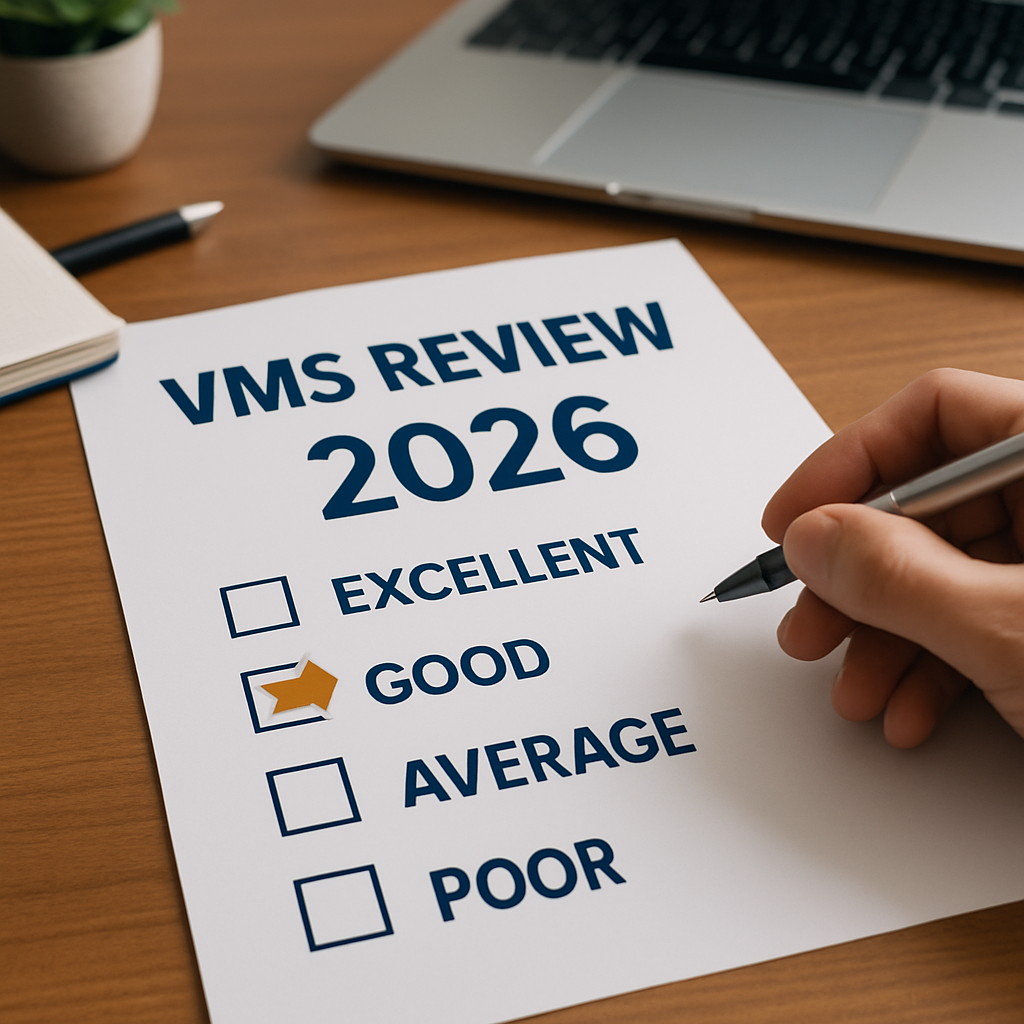Third-party IT staffing vendors are essential for companies with large volumes of IT staffing demand requirements. They help them access talented workers quickly, so that their business can meet the expectations of new projects and keep up with market demand.
IT staffing vendors are even more important in today’s market, as organizations increasingly look toward temporary and contingent work to fulfill their requirements.
In fact, a new study, Staffing Hub’s 2022 State of Staffing Benchmarking Report, found that staffing agencies have seen rapid growth over the past year or so. The study found that almost eight in 10 (78.6 percent) respondents expect their agencies to see double-digit growth this year - the highest since the survey was started in 2016.
Yet sourcing and managing these vendors is no easy task, without the right processes, technologies and strategies in place it can be easy to lose track of workforce quality and spend.
With that in mind, we’ve created this blog with a high-level overview of everything your business needs to know about IT staffing vendor management.
What is IT staffing vendor management?
IT staffing vendor management is a core business strategy that focuses on the processes, policies and procedures a business implements to manage its IT staffing agencies. In many cases, this would be referred to as a contingent workforce management program.
When it comes to IT staffing vendor management, this includes everything from managing procurement, creating contracts, building relationships with suppliers, evaluating performance and mitigating risks.
IT vendor staffing management is all about increasing the value a company gets from its IT staffing agencies. That means it aims to reduce risk, control costs, strengthen workforce quality, optimize vendor performance, find competitive differentiation and, ultimately, enhance revenue.
The top 5 things to keep in mind for successful IT staffing vendor management
1 - Build an IT vendor management strategy based on your unique needs
An IT staffing vendor management strategy should be built around the unique goals and vision that your company is trying to achieve. A vendor management strategy should focus on what’s important to you. For some businesses that might be cutting costs, for others that might mean an additional focus on improving the quality of their workforce.
When your business is able to determine its end goals upfront, you can then partner with the suppliers that pair well with your company’s objectives.
2 - Use a vendor management system to manage your IT staffing vendors
IT staffing is expected to grow until 2025, but it’s believed that supply won’t keep pace. As a result, many IT teams will be looking toward the contingent workforce to fulfill their workforce requirements and access top talent, quickly, at reduced costs. As use for the contingent workforce grows, so does a company’s requirement to build an effective contingent workforce management program to manage both them, and the staffing agencies used to source them, effectively, To do that, your organization will need a vendor management system (VMS) to gain visibility and control over contingent workers, and effectively manage staffing agencies.
3 - Evaluate and select your staffing agencies
Based on the workforce goals, it’s time to evaluate and select the suppliers that will best help your organization reach those goals. It’s likely your organization is using a range of IT staffing vendors to achieve your workforce targets, so try and find the optimal amount of vendors you need. You don’t want to waste money by partnering with too many, but you also don’t want to fail to achieve your targets because you're not partnering with the staffing agencies you need to.
In addition to the above, your business should also have the capabilities in place to understand future workforce demand. These insights will help you ensure the agencies you work with are prepared and capable to deliver your organization’s coming needs. If your vendor’s aren't ready, then your business will have insight into whether it should add more vendors, or change existing ones, to ensure your future workforce requirements will be met.
4 - Build a company-wide program that balances both company hiring manager needs
To prevent hiring managers engaging staffing agencies on their own terms, your contingent workforce management strategy should focus on creating standardized processes and rates. End fragmented processes across your hiring managers by ensuring they all follow the same processes, pay the approved rates and document all actions appropriately. This will ensure your contingent workforce program finds a balance that meets both company and hiring manager needs.
Manage the ongoing relationship you have with your suppliers: Sourcing staffing agencies can be a lengthy process, but the relationship doesn’t end there. It’s crucial to collaborate with your suppliers on an ongoing basis, so they know exactly what you’re trying to achieve and what you need to reach those goals. In addition, it’s important to set up a process that enables you to measure the performance of those vendors.
Interested in learning more about vendor management systems?
Whether you are looking for a new VMS Solution, or just getting started, we are here to help. See how easy Conexis is to use by taking a quick 2 minute Self-Guided Tour. Contact Us for a Free No-Obligation Consultation to discuss your workforce challenges (and get immediate actionable insights) or Book a Personal Demo Today!




